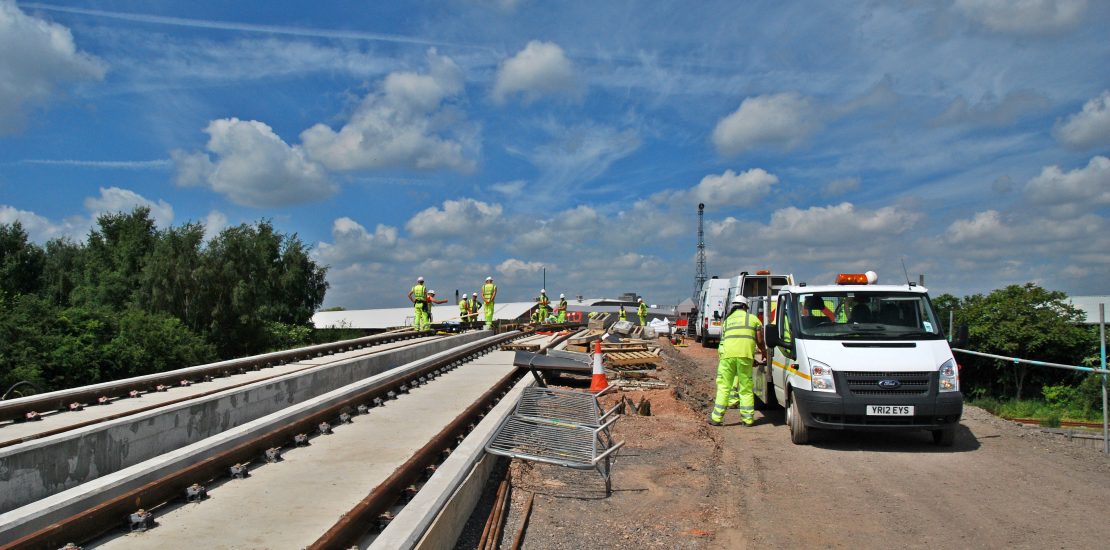- January 30, 2017

For us all to keep on track with tasks when time is short can be difficult, none more so than in the rail industry, where we often hear of over-running engineering works. But it is not just about the time the engineers have track possession that impacts what can be done, but how well the work is planned.
When you know in advance that you are getting possession of section A of track B, it is essential to make the best use of the time you have. Therefore you need to consider the other tasks that can be done at the same time, in the same area, without compromising skills or equipment needed. By planning work in this way, by location and skill sets, it should be possible to carry out work concurrently, thus reducing the need to get track possession time and time again.
Working out an effective preventative maintenance schedule to meet regulatory requirements and fitting the available resources (manpower and equipment), takes time and effort and an accurate knowledge of the assets, their location and current maintenance schedule. Done correctly, it should increase productivity by reducing travelling to the same locations multiple times, having the maintenance/engineering teams effectively manned, a 2 man team doing 2 man jobs, rather than a 3 man team doing 2 man jobs.
It may take a period of time, possibly years, to move maintenance schedules around so they fit perfectly, but with a plan in place to do this there is light at the end of the tunnel. By ‘perfectly’, we mean a balancing out of the workload, so that teams have the right level of work and are not sitting around with nothing to do, or so rushed off their feet shortcuts are taken. Seasonal trends can be identified over time to help with this and the planning of reactive work flows.
This type of planning is ideal for preventative maintenance works. When it comes to reactive works there is a little more thinking that needs to be done; is there any other work that can or needs to be done in the area? This could be by bringing forward non-essential/low priority work, which could include preventative maintenance tasks if possible. Limitations might be imposed by minimum regulatory intervals that need to be considered.
In many elements of the workplace and workplace processes, concurrent activities allow for timelines to be compressed and more effective use of the resources made available. This allows for greater productivity and utilisation of resources. More often than not a fresh pair of eyes, or challenges to the norm from an outsider, are just the triggers needed to start to identify the changes needed.
Click here to view our case study following work with Nottingham Trams.
